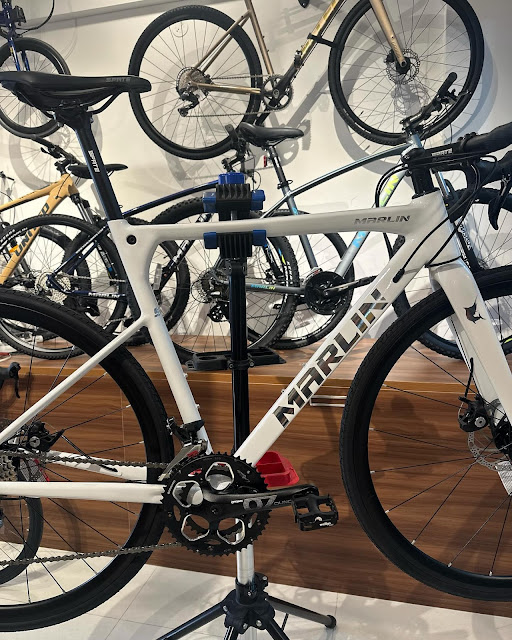Guide for a Perfect Fit: Mountain Bike for plus size riders
Selecting the right mountain bike for plus-size riders is crucial to ensure comfort, safety, and an enjoyable riding experience. Here's a guide to help you find the perfect fit:
1. Determine Your Riding Style:
Consider the type of mountain biking you plan to do. Different bikes are designed for various styles, such as cross-country, trail, all-mountain, or downhill riding.
2. Frame Size:
Frame size is crucial for comfort and control. Look for a frame size that accommodates your height and weight. Plus-size riders often benefit from larger frames to ensure stability and a comfortable riding position.
3. Weight Capacity:
Check the weight capacity of the bike, including the frame and components. Make sure it can support your weight comfortably, taking into account any gear you may carry.
4. Wheel Size:
Larger wheels, such as 27.5+ or 29+, can provide better stability and traction, which is beneficial for plus-size riders. These wheel sizes can roll over obstacles more smoothly.
5. Suspension:
Consider the suspension type:
Hardtail: These bikes have front suspension only. They are generally lighter and more affordable but may not provide as much comfort on rough terrain.
Full Suspension: These bikes have both front and rear suspension. They offer better comfort and control on challenging trails.
6. Components:
Ensure that the bike's components, such as the brakes, drivetrain, and handlebars, are of high quality and suitable for your riding style and weight. Look for durable and reliable components.
7. Test Ride:
Visit a local bike shop to test ride different models and sizes. This will help you find a bike that feels comfortable and responsive. Pay attention to how the bike handles and fits your body.
8. Adjustments:
Ask the bike shop to make necessary adjustments to the bike, such as saddle height, handlebar position, and suspension settings, to ensure a custom fit.
9. Frame Material:
Mountain bike frames are typically made from aluminum, carbon fiber, or steel. Aluminum and carbon fiber are lighter, while steel is known for its durability. Choose a material that suits your preferences and budget.
10. Tires:
Plus-size tires (typically 2.8 inches or wider) provide better traction and comfort, especially for larger riders. Consider a bike with wider tires for a smoother ride.
11. Budget:
Set a budget that allows you to get a quality bike with suitable components. While it's tempting to go for the most affordable option, investing in a well-built bike will pay off in terms of durability and performance.
12. Maintenance:
Factor in the cost of regular maintenance and servicing when budgeting for your mountain bike.
13. Safety Gear:
Don't forget to invest in safety gear, including a properly fitted helmet, gloves, and protective clothing.
14. Weight Distribution:
Ensure your weight is distributed evenly on the bike. This promotes stability and control. Adjust the saddle and handlebar height to achieve the right balance.
15. Read Reviews:
Read reviews from other plus-size riders who have experience with the bike models you're considering. Their insights can provide valuable information.
Remember that finding the perfect Cross Country Mountain bikes mountain bike is a personal process, and what works for one plus-size rider may not work for another. Take your time, consult with knowledgeable experts at bike shops, and prioritize comfort and fit to ensure an enjoyable and safe mountain biking experience.
.jpg)

Comments
Post a Comment